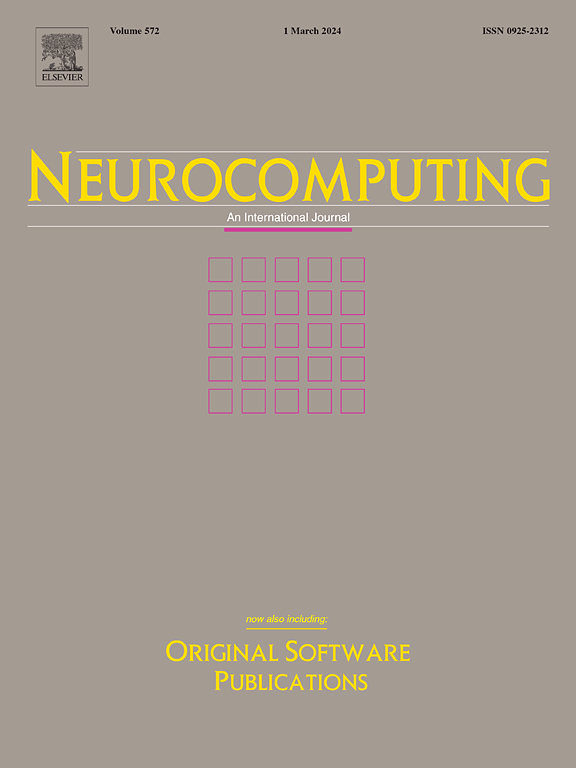A memory failure computational model in Alzheimer-like disease via continuous delayed Hopfield network with Lurie control system based healing
IF 5.5
2区 计算机科学
Q1 COMPUTER SCIENCE, ARTIFICIAL INTELLIGENCE
引用次数: 0
Abstract
Alzheimer’s disease (AD) is a degenerative neurological condition that impacts millions of individuals across the globe and remains without a healing. In the search for new possibilities of treatments for this terrible disease, this work presents the improved Alzheimer-like disease (IALD) model for memory failure and connects it to a new control technique that establishes a cure for the memory lost, either in biological or in artificial neural networks. For the IALD model, continuous Hopfield neural networks (HNN) with time delay are used. From the healing side, a robust control technique is used, which is based on new discoveries in Lurie control systems. In addition, this paper reviews the development of Alzheimer-like disease (ALD) model, as well as, the relationship of HNN with Lurie system. Simulations are executed to validate the model and to show the efficacy of applying a new theorem from Lurie problem. With the results presented, this work proposes a new conceptual paradigm that could potentially be applied in memory failure treatments in AD, as well as in hardware implemented HNN under adversarial attacks or adverse environmental conditions.

求助全文
约1分钟内获得全文
求助全文
来源期刊

Neurocomputing
工程技术-计算机:人工智能
CiteScore
13.10
自引率
10.00%
发文量
1382
审稿时长
70 days
期刊介绍:
Neurocomputing publishes articles describing recent fundamental contributions in the field of neurocomputing. Neurocomputing theory, practice and applications are the essential topics being covered.
 求助内容:
求助内容: 应助结果提醒方式:
应助结果提醒方式:


